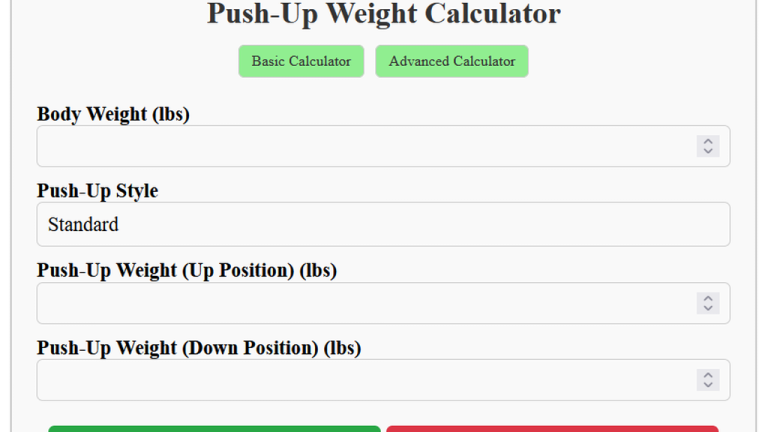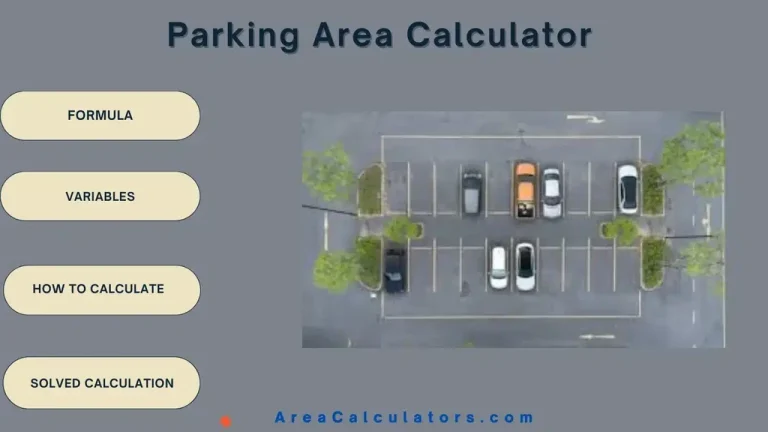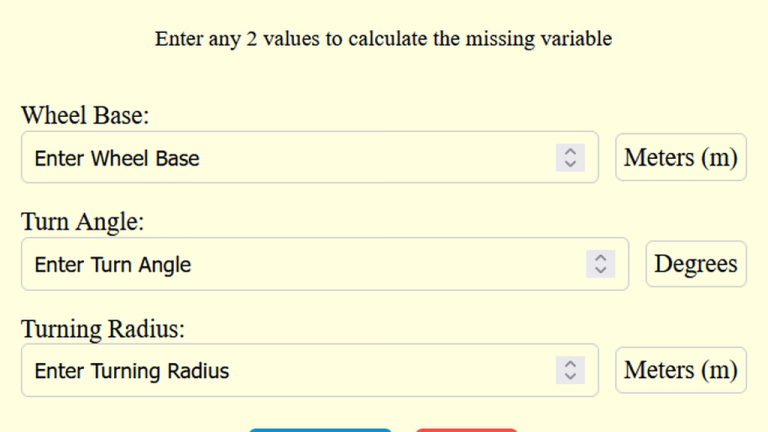Dead Load Calculator – Structural Load Calculator 2025
To calculate the dead load of a structure, multiply the volume of the material (V) by its density (D).
The Dead Load Calculator is a reliable tool for determining the static load of structural elements such as beams, slabs, roofs, and walls. Dead loads are the permanent, immovable forces acting on a structure due to its own weight and materials.
This calculator is widely used in construction and civil engineering to ensure buildings can support their own weight safely.
Formula:
| Variable | Description | Unit |
|---|---|---|
| Dead load | kN/m² or lb/ft² | |
| Volume of the structural component | m³ or ft³ | |
| Density of the material | kN/m³ or lb/ft³ |
Solved Calculations:
Example 1: Calculate Dead Load for a Concrete Slab
| Step | Value | Explanation |
|---|---|---|
| Volume () | Volume of the slab | |
| Density () | Density of concrete | |
| Calculation | Multiply volume by density | |
| Result | Dead load of the concrete slab |
Example 2: Calculate Dead Load for a Wooden Beam
| Step | Value | Explanation |
|---|---|---|
| Volume () | Volume of the beam | |
| Density () | Density of wood | |
| Calculation | Multiply volume by density | |
| Result | Dead load of the wooden beam |
What is the Dead Load Calculator: Estimate Dead Load, Know Structural Basics With This Dead Load Calculator 2025
The Dead Load Calculator is a specialized tool used to calculate the dead load, which refers to the static weight of structural components in a building or structure. This includes the weight of elements such as beams, slabs, roofs, floors, and fixed fixtures.
By providing accurate dead load estimations, this tool is essential for engineers, architects, and construction professionals to ensure safety and compliance with structural design standards.
To use the calculator, users input the dimensions, materials, and density of the structural components. For example, the dead load of a slab can be calculated using its thickness, material density, and area.
Similarly, it can compute dead loads for specific elements like roofs, trusses, scaffolds, or decks. The calculator can also handle unit conversions, providing results in standard units like kN/m² or lbs/ft², depending on the requirement.
This tool is particularly helpful for determining the total dead load of a residential building or analyzing specific loads, such as those on floor joists or flat roofs. It also complements live load calculators by distinguishing static loads from dynamic ones.
Whether you’re calculating the dead weight of a beam, slab, or roof, this calculator simplifies complex formulas and ensures accurate results for structural analysis.
Final Words:
The Dead Load Calculator is a reliable resource for computing static structural loads with precision. It streamlines load calculations, ensuring accurate and efficient design and analysis for safe construction projects.




